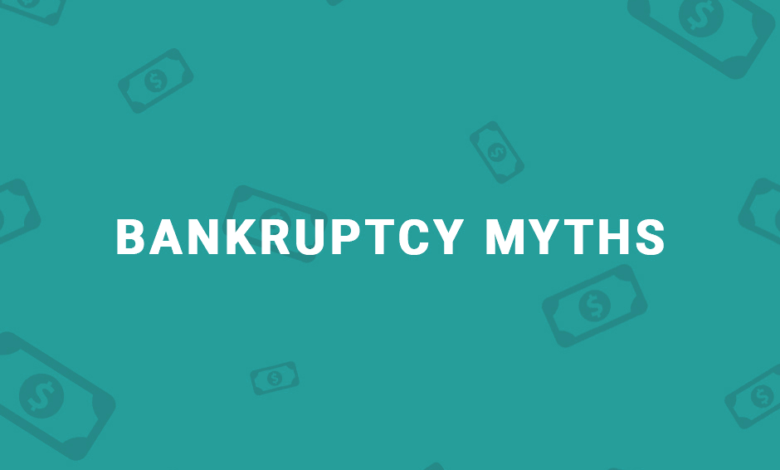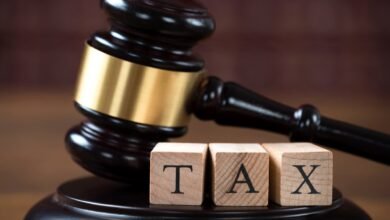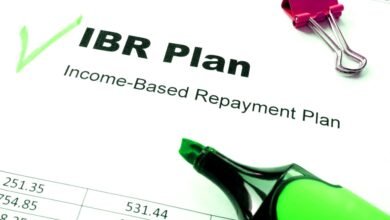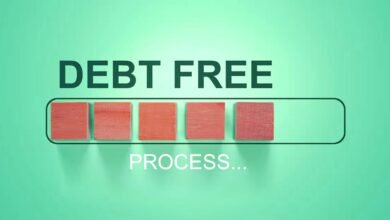Bankruptcy Myths: Debunking Common Misconceptions

Definition of Bankruptcy
Bankruptcy is a legal status that declares an individual or business unable to repay their outstanding debts. Contrary to popular belief, it is not synonymous with financial failure but a strategic move to regain financial stability.
The Prevalence of Bankruptcy Myths
The lack of accurate information contributes to the persistence of bankruptcy myths. This article aims to dispel these misconceptions and provide a comprehensive understanding of the bankruptcy process.
Myth 1: Bankruptcy Means Financial Failure
Clarifying the Purpose of Bankruptcy
Bankruptcy is a financial tool designed to help individuals and businesses navigate insurmountable debt. It is not an admission of failure but a strategic decision to reset financial affairs.
Success Stories Post-Bankruptcy
Many individuals and businesses have successfully emerged from bankruptcy stronger and more resilient. Exploring these success stories sheds light on the positive outcomes of strategic financial restructuring.
Myth 2: All Debts Are Wiped Clean
Types of Debts Affected by Bankruptcy
Not all debts are treated equally in bankruptcy. This section explores the types of debts that can and cannot be discharged, providing a nuanced understanding of the process.
Understanding Exemptions
Certain debts, such as student loans and tax obligations, may not be fully discharged. Understanding exemptions is crucial for managing expectations during and after bankruptcy.
Myth 3: Bankruptcy Ruins Your Credit Forever
Impact on Credit Score
While bankruptcy does have a negative impact on credit scores, it is not a permanent stain. This section delves into the specifics of credit score implications and offers strategies for rebuilding credit post-bankruptcy.
Strategies for Rebuilding Credit
Rebuilding credit after bankruptcy involves strategic financial planning, responsible credit management, and patience. Practical tips and insights are provided to guide individuals through this process.
Myth 4: Bankruptcy Is the Same for Everyone
Different Types of Bankruptcy
Bankruptcy comes in various forms, each catering to specific financial situations. This section breaks down the differences between Chapter 7, Chapter 13, and other bankruptcy types, helping readers understand which might be suitable for their circumstances.
Tailoring Solutions to Individual Cases
Recognizing the unique nature of each financial crisis, this section emphasizes the importance of tailoring bankruptcy solutions to individual cases for optimal outcomes.
Myth 5: You Will Lose Everything
Bankruptcy Exemptions
Contrary to the misconception that bankruptcy means losing everything, certain assets are protected through exemptions. This section details these exemptions, providing reassurance to those considering bankruptcy.
Protecting Assets during Bankruptcy
Understanding how to safeguard assets during bankruptcy is crucial. This section explores legal strategies to protect valuable assets and ensure a more stable financial future.
Read More: The Step-by-Step Bankruptcy Process in 2023
Myth 6: Filing Bankruptcy Is a Quick Fix
Legal Procedures and Timelines
Bankruptcy involves a structured legal process with specific timelines. This section provides an overview of the legal procedures, debunking the myth that bankruptcy is a quick, hasty solution.
Realistic Expectations
Setting realistic expectations is key when navigating bankruptcy. This section addresses the time it takes for the process and the importance of having realistic expectations for a successful financial reset.
Myth 7: Bankruptcy Is Only for Irresponsible People
Unforeseen Circumstances Leading to Bankruptcy
Bankruptcies can result from unforeseen circumstances, such as medical emergencies or job loss. This section humanizes the bankruptcy experience, dispelling the notion that it’s solely linked to irresponsible financial behavior.
Breaking the Stigma
Addressing the stigma associated with bankruptcy, this section highlights the diverse reasons individuals may find themselves in financial distress and how bankruptcy can be a responsible and strategic choice.
Myth 8: You Can Hide Assets During Bankruptcy
Consequences of Concealing Assets
Attempting to hide assets during bankruptcy has severe consequences. This section outlines the legal repercussions, emphasizing the importance of honesty throughout the bankruptcy process.
Honesty in the Bankruptcy Process
Maintaining transparency during bankruptcy proceedings is essential for a smooth process and positive outcomes. This section encourages individuals to be forthright about their financial situation to avoid legal complications.
Myth 9: Bankruptcy Is the End of Your Financial Life
Post-Bankruptcy Financial Planning
Life after bankruptcy requires careful financial planning. This section provides actionable steps for individuals to rebuild their financial lives and move forward with confidence.
Building a Stable Financial Future
Despite the challenges, bankruptcy can be a stepping stone to a more stable financial future. This section offers insights into how individuals can proactively shape their economic destinies post-bankruptcy.
Myth 10: Bankruptcy Is an Easy Way Out
The emotional and Mental Toll of Bankruptcy
Bankruptcy is not just a financial process; it takes an emotional and mental toll. This section explores the challenges individuals may face during bankruptcy and offers support resources.
Addressing the Challenges
Understanding and addressing the challenges associated with bankruptcy are crucial for individuals to navigate the process successfully. Practical advice and encouragement are provided to help readers overcome obstacles.
XII. Myth 11: You Can’t Get Credit After Bankruptcy
Rebuilding Credit After Bankruptcy
Rebuilding credit is a critical aspect of post-bankruptcy life. This section offers a detailed guide on how individuals can responsibly and effectively rebuild their credit scores.
Responsible Credit Management
Managing credit responsibly is an ongoing commitment. This section provides tips on how individuals can make informed credit decisions to avoid falling into debt again.
XIII. Myth 12: Bankruptcy Is Only for Individuals
Business Bankruptcy
Bankruptcy isn’t exclusive to individuals; businesses facing financial challenges can also benefit from bankruptcy. This section explores how companies can navigate bankruptcy to restructure and overcome debt.
Navigating Corporate Financial Challenges
Understanding the specific challenges businesses face, this section offers insights into the unique considerations and strategies for corporate bankruptcy.
Myth 13: Bankruptcy Is Expensive
Exploring Affordable Legal Options
Bankruptcy costs can vary, but affordable legal options exist. This section guides how individuals can explore cost-effective legal solutions to make bankruptcy more accessible.
Cost-Benefit Analysis of Bankruptcy
Understanding the costs associated with bankruptcy is crucial for informed decision-making. This section guides readers through a cost-benefit analysis, helping them weigh the financial implications against the potential benefits.
Myth 14: Bankruptcy Always Leads to Home Foreclosure
Bankruptcy’s Impact on Mortgage
While bankruptcy can impact a mortgage, it doesn’t always lead to home foreclosure. This section details the effects on mortgages and the legal protections in place for homeowners.
Legal Protections for Homeowners
Homeowners facing bankruptcy can find reassurance in the legal protections designed to safeguard their homes. This section outlines these protections and offers guidance on navigating the process without risking home loss.
XVI. Myth 15: Bankruptcy Guarantees a Fresh Start
Challenges After Bankruptcy
A fresh start after bankruptcy comes with its own set of challenges. This section provides insights into the potential hurdles individuals may face post-bankruptcy.
Strategies for Long-Term Financial Success
Overcoming the challenges requires strategic planning. This section offers practical strategies for individuals to achieve long-term financial success after emerging from bankruptcy.
Conclusion
In conclusion, debunking bankruptcy myths is crucial for fostering a more accurate understanding of this financial tool. Bankruptcy is not a one-size-fits-all solution, and its outcomes depend on various factors. By dispelling these misconceptions, individuals and businesses can make informed decisions about their financial future.
FAQs
Is bankruptcy the same for everyone?
No, there are different types of bankruptcy, each tailored to specific financial situations.
Can I rebuild my credit after bankruptcy?
Yes, with strategic financial planning and responsible credit management, it’s possible to rebuild credit post-bankruptcy.
Does bankruptcy always lead to losing assets?
No, bankruptcy exemptions protect certain assets, allowing individuals to retain them.
Is bankruptcy an easy way out of financial challenges?
No, bankruptcy comes with challenges, both emotional and financial, that individuals must address for long-term success.
How can businesses navigate bankruptcy?
Companies facing financial challenges can explore bankruptcy options to restructure and overcome debt.











